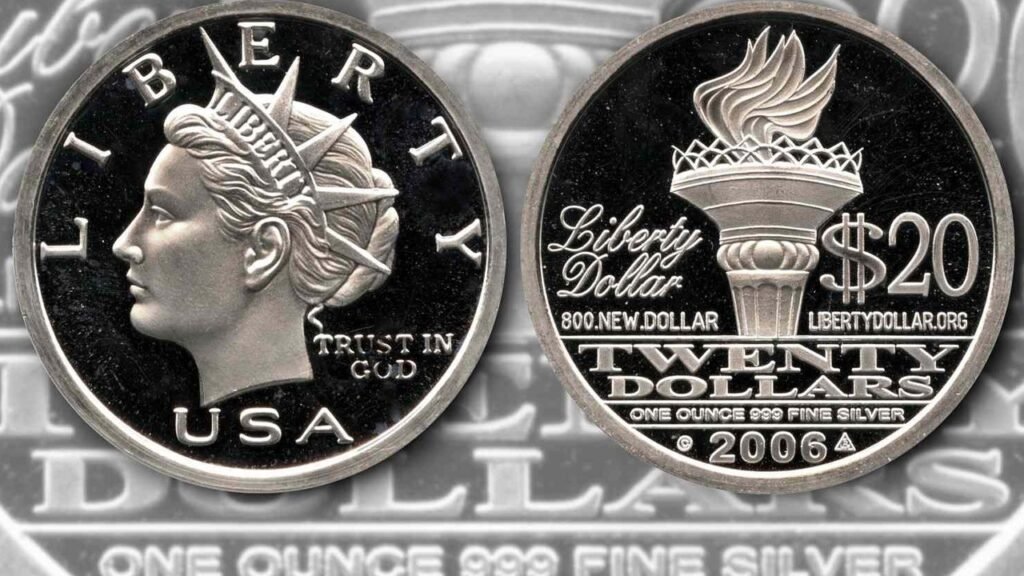Two different models of alternative currencies have emerged in recent years, with the Liberty Dollar and Bitcoin serving as prime examples. The Liberty Dollar, created by Bernard von NotHaus, was a private currency that aimed to provide an alternative to the U.S. dollar. However, the U.S. government shut down the operation, citing violations of federal law. In contrast, Bitcoin, created by the mysterious Satoshi Nakamoto, continues to thrive outside of governmental control. This discrepancy in outcomes highlights the fundamental differences between centralized and decentralized currency creation.
The Liberty Dollar was a centralized currency created by von NotHaus, a former mint master. The currency was backed by silver and aimed to provide an alternative to the U.S. dollar. However, the U.S. government viewed the Liberty Dollar as a threat to the stability of the U.S. economy and shut down the operation. Von NotHaus was convicted of federal charges related to counterfeiting in 2011 and the Liberty Dollar ceased to exist as a result. This case serves as a cautionary tale of the risks associated with creating a centralized currency that challenges the authority of the government.
In contrast, Bitcoin operates on a decentralized model, with no single entity or government controlling the currency. Created by the enigmatic Satoshi Nakamoto in 2009, Bitcoin has gained widespread popularity as a digital currency that offers an alternative to traditional fiat currencies. Bitcoin transactions are recorded on a public ledger known as the blockchain, which is maintained by a network of users known as miners. This decentralized system has allowed Bitcoin to thrive outside of governmental control, with its value soaring in recent years.
The success of Bitcoin in comparison to the Liberty Dollar highlights the benefits of a decentralized currency system. Bitcoin’s decentralized nature makes it resistant to government interference and manipulation. This has fueled its popularity among individuals seeking financial privacy and autonomy. However, the lack of regulation also poses risks, as evidenced by the volatility of Bitcoin’s value and concerns about its use in illicit activities. Despite these challenges, Bitcoin has emerged as a viable alternative to traditional fiat currencies and has gained acceptance among retailers and consumers worldwide.
The contrasting fates of the Liberty Dollar and Bitcoin also raise questions about the future of alternative currencies. While the Liberty Dollar failed to gain widespread acceptance and was ultimately shut down by the government, Bitcoin continues to thrive as a decentralized currency with a growing user base. The success of Bitcoin has inspired the creation of other cryptocurrencies, each with its own unique features and value propositions. As the popularity of alternative currencies continues to grow, governments are grappling with how to regulate and accommodate these new forms of money within existing financial systems.
In conclusion, the Liberty Dollar and Bitcoin represent two distinct models of alternative currencies, with centralized and decentralized creation, respectively. The government’s shutdown of the Liberty Dollar highlights the risks associated with challenging the authority of traditional fiat currencies, while Bitcoin’s success demonstrates the benefits of a decentralized currency system. As the popularity of alternative currencies continues to rise, it will be crucial to strike a balance between innovation and regulation to ensure the stability and integrity of financial systems. Only time will tell how these contrasting currencies will shape the future of money in an increasingly digital and interconnected world.


